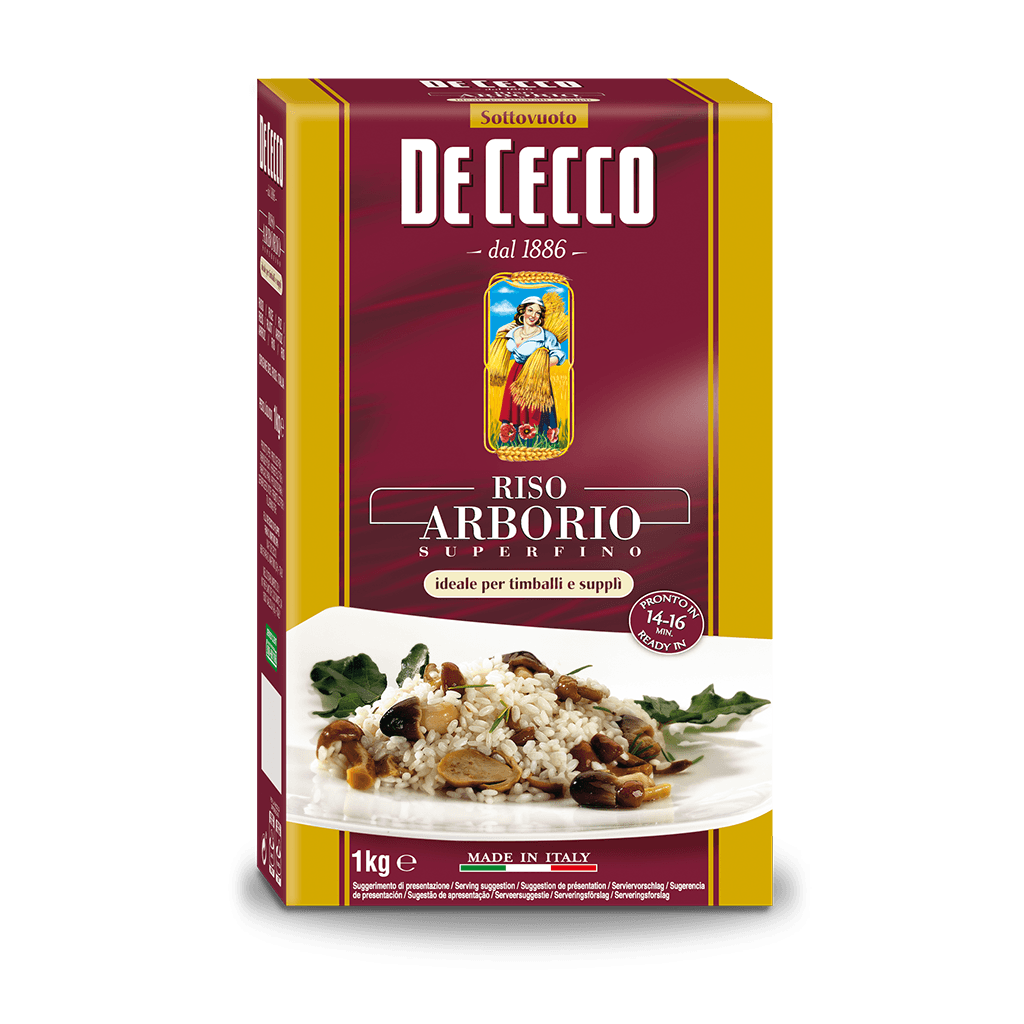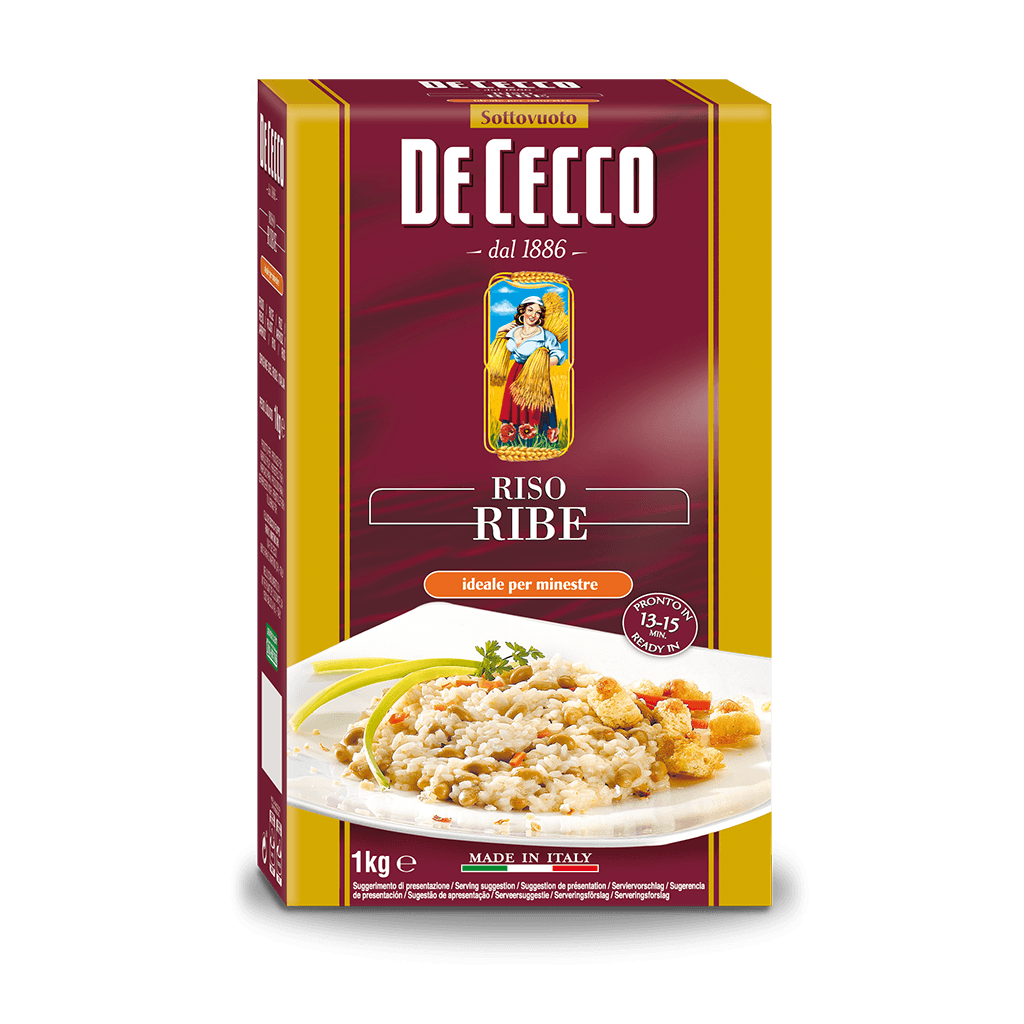Riso Ribe
It is the best kind of rice to use in liquid recipes, so for broths, rice and vegetable soups, and vegetable minestrone with rice. Its characteristic versatility in the kitchen makes it perfect both for simple dishes such as boiled rice and white rice with butter, and for sophisticated dishes such as salads and oven-baked dishes.
Hints
For an elegant presentation of a rice broth, the broth must be clear and not made cloudy by the starch in the rice. To achieve this, the rice is boiled in water, drained a minute before it is completely cooked and then tipped straight into the boiling broth.
Vacuum-packing prevents the rice from changing and preserves the colour, flavour and nutritional values of the grain.
- Cooking time: 15-13 min
Our method
Attention, care, experience, quality at every stage: from our mill to your table.
Riso Superfino Arborio
This rice is one of the most widely used in Italy thanks to its characteristics of shape and substance. The grains are pleasantly large and visually appealing. This rice is particularly suited for both creamy risottos and "timballi" (oven-baked dishes) and "supplì" (rice croquettes).
Tips
When preparing a risotto, after removing the onion, let the the oil and butter reduce, add the rice and stir with a wooden spoon, so the rice does not come into contact with cold or sharp surfaces. Only when the rice has been toasted to perfection, i.e. it has absorbed all the condiment and has become shiny and transparent, can the other ingredients, called for in the recipe, be added.
Vacuum-packing prevents the rice from changing and preserves the colour, flavour and nutritional values of the grain.






